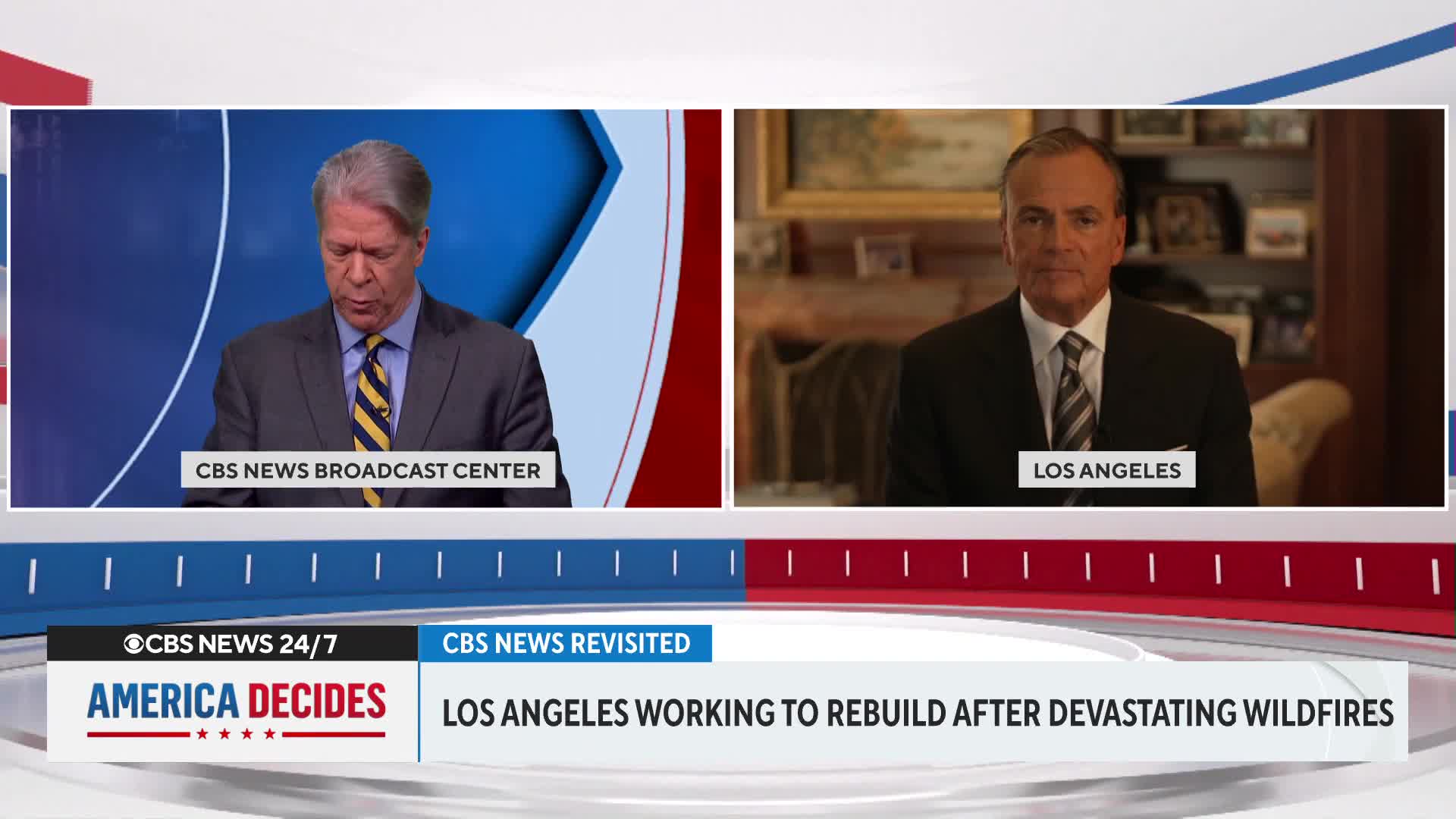Urban Development
What is the purpose of Saudi Arabia's massive Neom project?
Saudi Arabia is developing the Neom project as an economic lifeline for the post-oil era. As Johnny Harris explains, the Saudi government needs something to keep the nation financially stable when oil revenues eventually decline, so they're investing in several massive development projects. While many of these ambitious ventures may fail, even if a few succeed as planned, they could become 'their next oil' - a new economic foundation to replace fossil fuel dependency. The Neom project represents a strategic bet on creating a futuristic urban landscape that could attract global investment and transform the kingdom's economy, potentially lifting Saudi Arabia into a sustainable future beyond petroleum.
Watch clip answer (00:24m)What is Neom and what are its key features?
Neom is an ambitious futuristic city project being developed in the Saudi Arabian desert. The planned linear city will stretch 170km and is designed to run entirely on renewable energy and artificial intelligence. The project aims to attract 10 million residents, comparable to the population of New York City, all living within this innovative urban development in the desert landscape. This $1.5 trillion megaproject represents Saudi Arabia's vision for a technologically advanced urban center that integrates sustainable energy solutions with cutting-edge AI systems, creating a completely new model for urban living in what was previously undeveloped desert terrain.
Watch clip answer (00:17m)Why do Rio de Janeiro's favelas suffer more severely during heat waves?
Rio's favelas suffer disproportionately during heat waves because they function as treeless urban heat islands composed primarily of brick and concrete. These densely built neighborhoods lack vegetation that would provide natural cooling, instead absorbing and retaining heat from their construction materials. The absence of shade trees combined with the heat-trapping properties of brick and concrete creates microclimates that experience higher temperatures than surrounding areas, making it especially difficult for residents to find relief from extreme heat conditions.
Watch clip answer (00:10m)How is Rick Caruso planning to accelerate the rebuilding efforts in Los Angeles after the wildfires?
Rick Caruso acknowledges the widespread frustration of people who have lost homes and livelihoods due to wildfires, emphasizing the urgent need to expedite recovery actions. What makes him optimistic is the collaboration of talented experts from Los Angeles and across the country who have committed their time and skills to the nonprofit initiative with a single focus: rebuilding communities safely and quickly in Altadena and the Palisades. Caruso believes that by bringing together these resources, they can "bend the curve" and shorten the timeframe for people to return to their homes, though he acknowledges the process will still take time.
Watch clip answer (00:49m)What approach does Secretary Rubio recommend for low-income housing development after wildfires?
Secretary Rubio advocates for incentivizing rather than mandating low-income housing development in communities recovering from wildfires. He recommends offering density bonuses to developers who choose to build affordable housing, creating a positive motivation rather than imposing requirements on people who have lost their homes and communities. Rubio argues that mandates would create more problems, including community tension and delays in rebuilding. By implementing incentive-based approaches, communities can encourage the development of needed housing while maintaining a smoother, faster recovery process that respects the challenges faced by affected residents.
Watch clip answer (00:31m)What are the key variables that measure the development disparity between northern and southern Italy?
Two crucial variables measuring the north-south divide in Italy are Human Development Index (HDI) scores and GDP per capita. The HDI, measured on a 0-1 scale by the United Nations, considers healthcare access, education, income levels, and living conditions. Maps show a clear gradient: the further south you go in Italy, the lower the development becomes. While southern regions like Calabria and Sicily score around 0.859, which appears underdeveloped by Western European standards, these scores remain relatively high globally, comparable to Argentina, Chile, or Turkey, and above the global average.
Watch clip answer (01:18m)




